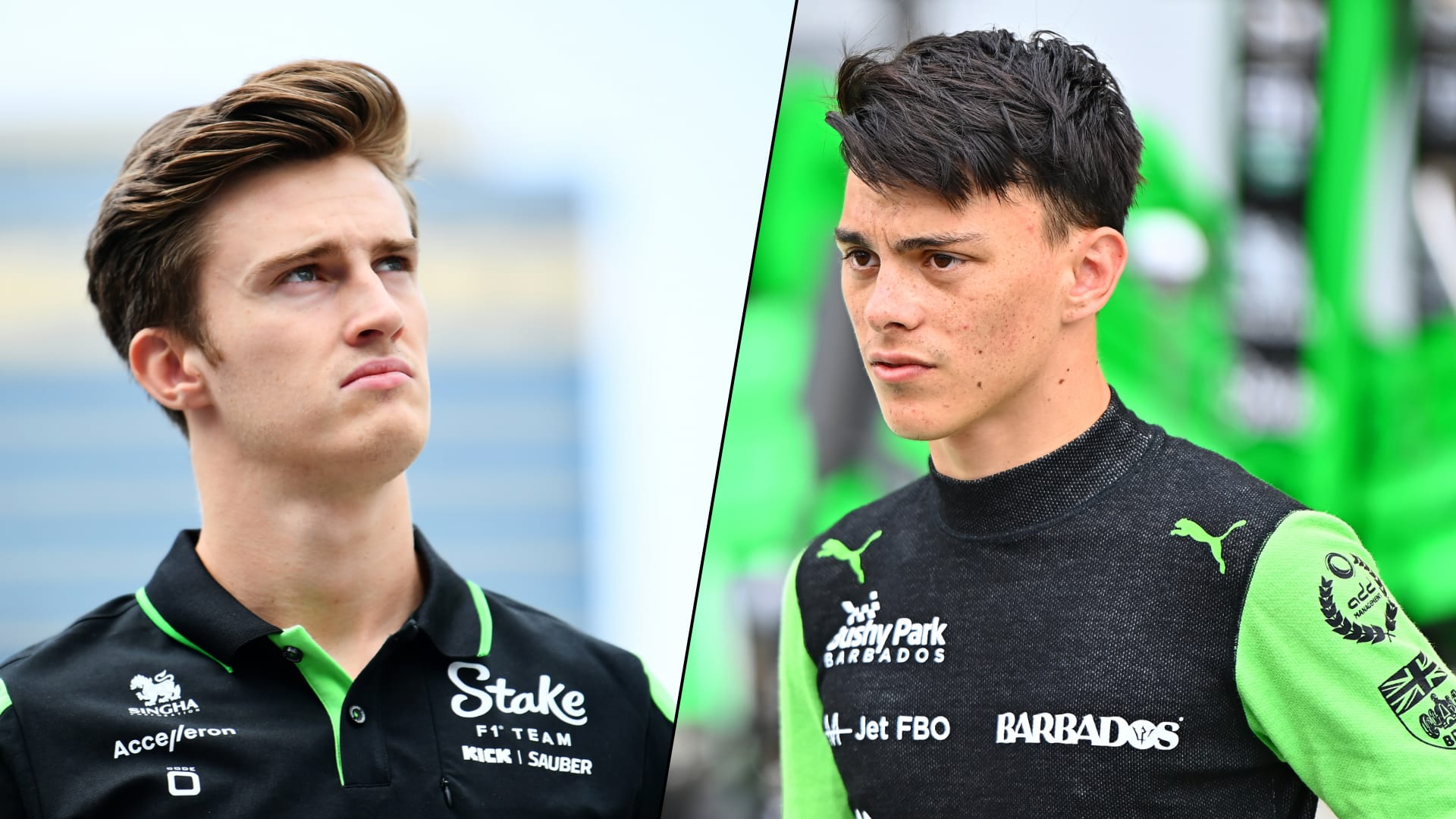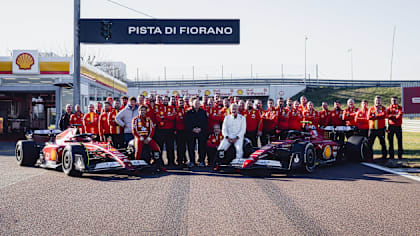
Feature
STRATEGY GUIDE: What are the possible race strategies for the 2022 Italian Grand Prix?

Share

The final triple header of the 2022 season also marks the end of the European swing of races, and it’s traditionally a one-stopper in Italy – but there are challenges to consider, so let’s take a look at the different options that are available to the teams on race day at Monza…
What’s the quickest strategy?
It’s definitely a one-stop strategy at this point of the weekend, that much is clear. But that doesn’t mean there aren’t a few permutations for the teams to consider.
The likelihood is the majority of frontrunners are going to want to start on the soft compound tyre, because not only has it been performing well so far this weekend and is the quickest compound by about half a second per lap compared to the medium (although those gaps tend to reduce over a race stint), it also comes with a crucial benefit at the start.
Pirelli estimates the soft tyre is worth an extra six metres off the line compared to the medium tyre if two starts are identical, meaning if two cars start side-by-side on the two different compounds, the car on softs would be comfortably ahead into Turn 1.
Running a first stint of between 22 and 28 laps on the soft would then allow teams to switch to the medium compound for the final stint, as again that has around a half-second advantage in terms of pace per lap compared to the hard. The challenge will be managing the rear degradation and ensuring there is good traction out of the chicanes as the tyres wear.

How about a different option for the top 10?
Similar to the theoretical quickest strategy, another one-stop option also includes starting on the soft compound. However, switching to the hard is also possible, as all three compounds have been working well so far this weekend and shown themselves to be a usable race tyre with low degradation.
It’s not impossible to run the hard for the full race distance and therefore make your first pit stop as early as you want, but the problem then comes as the tyres wear and the thickness of the tread starts to become smaller. That means there is less bulk in which to generate temperature, and as the temperature drops then a driver loses grip.
So the target pit window would be between Lap 18 and Lap 24, with the option to switch to mediums for the above strategy if a driver is able to get to the latter stages of that window.
The problem with this strategy is that it doesn’t offer a particularly strong undercut – when a driver pits and uses the fresh rubber to overtake the car ahead when they pit – as the hard tyre takes a while to warm up and therefore the leading car can simply respond one lap later in order to retain track position.

What are the options for the bottom half of the field?
With a number of drivers out of position – including Sergio Perez in 13th, Carlos Sainz in 18th and Lewis Hamilton in 19th – there are likely to be a few alternative strategies considered that don’t start on the soft compound in order to open up a bit more strategic flexibility.
Only the medium is likely to be considered in that case, in order to not give up too much performance against soft-tyre runners at the start, but Pirelli believes this to be the better way round to run the race without using the hard compound.
An opening stint on medium tyres of over 30 laps would allow an aggressive final stint on softs with a lower fuel load and greater raw pace, although the rear tyres would need managing. And as Zandvoort showed, that’s not to say the soft would enjoy the same advantage over the hard as we have seen so far this weekend.

A week ago, the track evolution during the race changed the way the tyres behaved, and the hard compound offered more grip than it had earlier in the weekend and became easier for some teams to get into the working window.
That ensured the likes of Mercedes came into the frame for victory on a one-stop strategy using the hards before the VSC and Safety Car interruptions, and the hard could prove the better race tyre again for the second half of the race here at Monza.
Starting on the medium would allow those running a bit longer in the first stint to see how the hard performs when drivers who started on the softs make their pit stops, and then the medium runners can react accordingly.
If the hard is the better option, then a pit window that is really as wide as Lap 18 – Lap 30 provides flexibility to take advantage of any potential Safety Car periods too, as these would allow pit stops to take place without losing the 24 seconds that comes with a stop under green flag conditions.

Wait, but what’s the weather doing?
There was rain around Monza on Thursday and Friday mornings but nothing that impacted any track running and the fine weather looks set to continue for the race.
Similar to Saturday, the Grand Prix itself is forecast to see warm and sunny conditions, perhaps reaching temperatures slightly higher than the rest of the weekend as they climb towards the 30C mark in the afternoon.
HIGHLIGHTS: Watch the action from qualifying as Leclerc takes pole for the 2022 Italian Grand Prix
That could mean some extra care needs to be taken when it comes to the rear tyres overheating, but the nature of the Monza circuit with lots of long straights to cool the tyres usually helps keep temperatures under control.
The hard compound might come into its own a little bit more with the higher track temperatures though, again having an impact on which tyre teams are considering using whenever they choose to make their pit stop.
YOU MIGHT ALSO LIKE
Feature EXCLUSIVE: The Top 10 F1 drivers of 2024 – as chosen by the drivers
Feature ANALYSIS: The key factor that saw ‘raw talent’ Hadjar handed his shot with RB – and what it means for ‘bridesmaid’ Tsunoda
News Ferrari give Sainz and his rally champion father special send-off with F1 track day at Fiorano
News Perez and Red Bull agree to part ways following conclusion of 2024 season


/Formula%201%20header%20template%20-%202024-12-20T122157.705)

